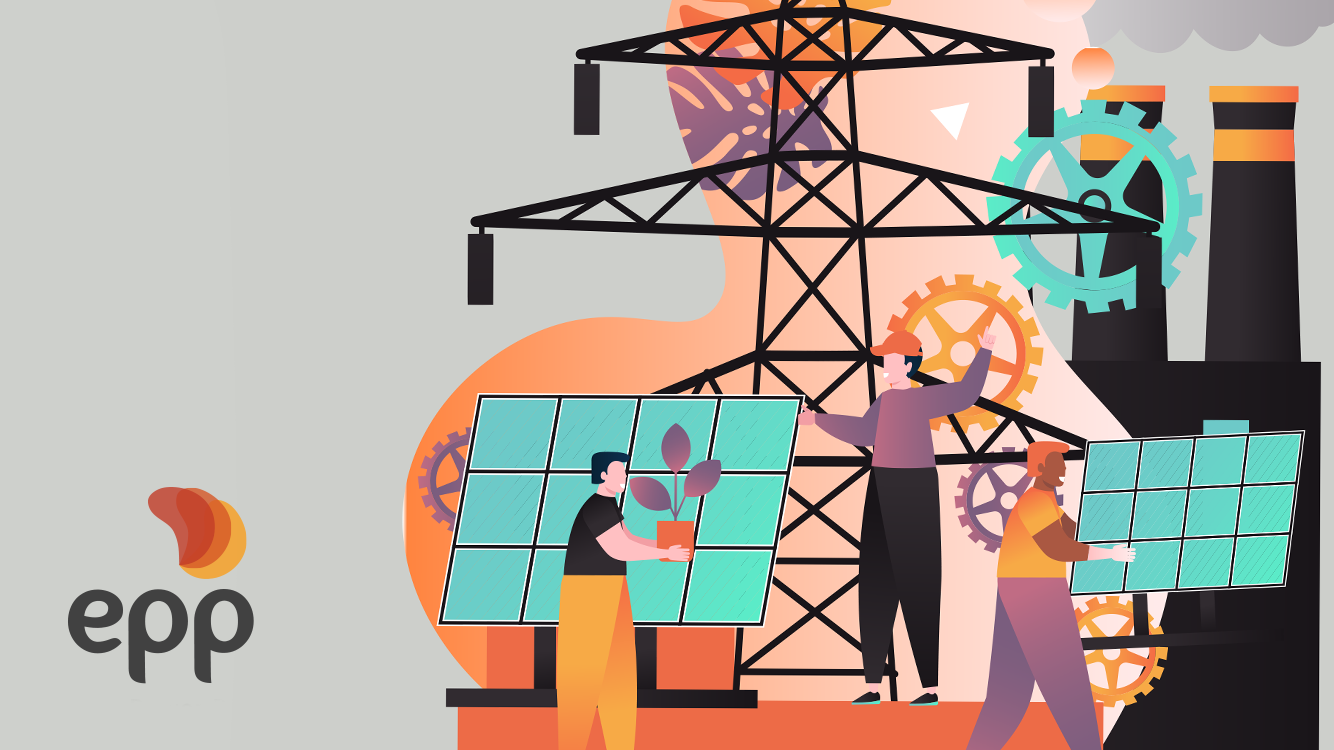Is it possible to associate the generation of energy in thermoelectric plants with renewable sources?
The relationship between thermoelectric and renewables is polarized. After all, thermal plants use fossil fuels to generate energy and most renewable sources are sustainable models.
A thermoelectric plant produces energy from the generation of heat, through the burning of solid, liquid or gaseous fuels. Most of the time, the fuels used are coal, naphtha, oil or natural gas, which emit polluting gases into the atmosphere. In contrast, renewable sources such as wind, solar and biomass are sustainable sources, which have less negative impacts on the environment.
Thermoelectric and renewable in Brazil
Historically, Brazil is dependent on thermoelectric plants. Even though the main energy matrix in the country is hydraulic, when there is a shortage of rain or an increase in consumption, the thermoelectric plants need to be activated to maintain production.
In this case, there are two problems: the cost of keeping a thermal plant running is higher than that of a water-powered plant, increasing production costs. In addition, there is an increase in the production of CO2, SO2 and other gases with the burning of fossil fuels.
However, the Brazilian electric matrix is going through a transition period, leading to the need to expand the offer of other generation sources to meet growth. To supply the demand, renewables enter the scene.
If, on the one hand, renewable sources, such as solar and wind, emerge as alternatives that have less impact on the environment, their intermittency and implementation costs are still obstacles to broad adherence throughout the country. As an alternative, there are thermoelectric plants that use renewable fuels, such as biomass.
How is it possible to integrate these matrices?
Although the matrices appear to be on opposite sides, it is possible to create solutions in which the fuels of the thermoelectric plants are from renewable sources, as is the case of Termoverde Caieiras. The plant was inaugurated in 2016 and uses landfill biogas as the main matrix. Its production is 230 thousand MWh per year, equivalent energy to supply a city of about 300 thousand inhabitants with sustainable electric energy.
The thermoelectric plant has an installed capacity of 29.5 megawatts and generates renewable energy from landfill waste, which releases methane used as fuel. Although some believe that the power is low, the plant follows the global proposal for decentralized generation, which keeps production close to consumption, facilitating delivery logistics.
This solution, combining thermoelectric plants with renewable energy sources, brings several benefits for both society and investors. Biogas is generated from the decomposition of organic materials, such as agricultural waste, wood, sugarcane bagasse, manure, among others.
When investing in landfills for the production of this gas, there is a better destination for the waste produced in large cities. In addition, biogas is used to generate energy. If previously methane was only burned to reduce its negative impact, in this model, it is used as a fuel, becoming an economic asset.
Thus, we can conclude that if there is a dependence on the generation of energy through thermoelectric plants, the best way to use it is to invest in renewable sources for fuel, such as biomass. To boost actions, it is essential that the government creates incentives and provides investments for the sector to grow.






